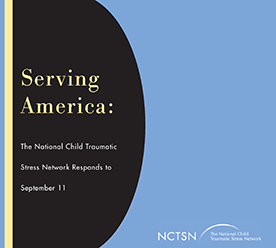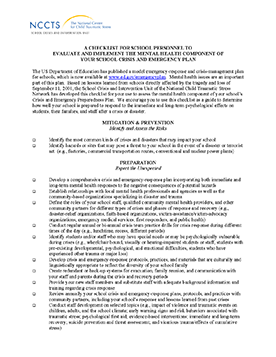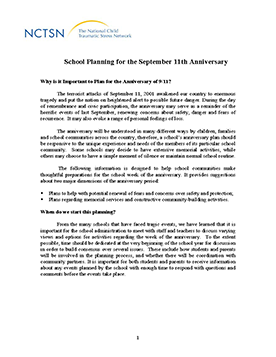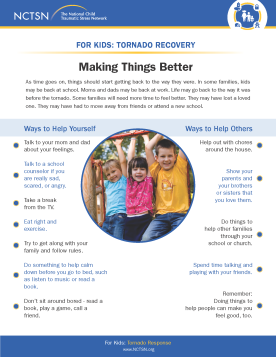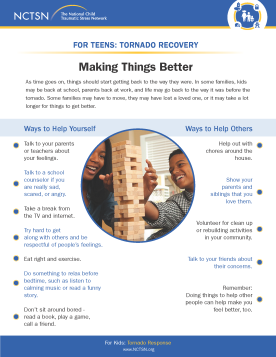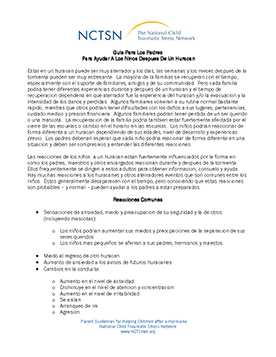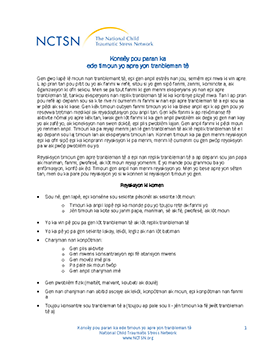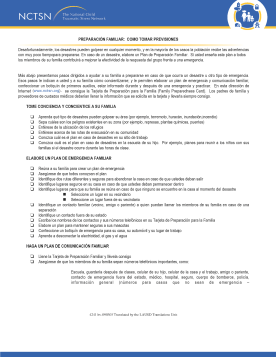
Preparación Familiar: Como Tomar Previsiones
Acompaña al documento Tarjeta de Preparación para la Familia. Ayuda a las familias a desarrollar un plan de emergencias para que puedan estar preparados en caso de un desastre. Esta es la versión en español de Family Preparedness: Thinking Ahead.

